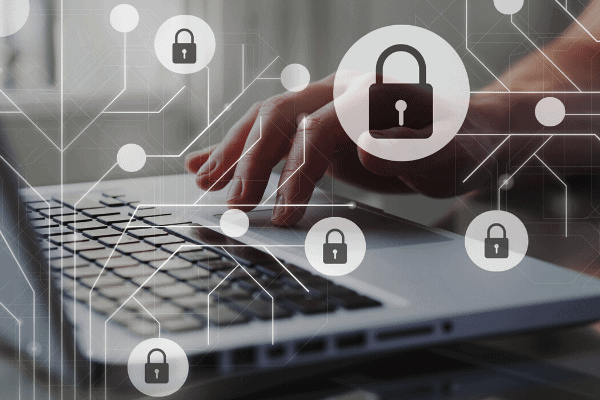
@ShahidNShah


Due to the sensitive information healthcare organizations possess, providers and the vendors they choose to work with must focus on the core elements of information security—such as extensive identity authentication processes, utilizing securely designed communication platforms, and an agile governance, risk, and compliance program.
When dealing with hundreds or thousands of patients using telemedicine capabilities, the likelihood of healthcare organizations being compromised or breached grows. The increasing number of users also makes it much more difficult to detect and identify stolen identities. This is why multi-factor authentication processes should be enabled within telemedicine platforms.
The best way to do so is by securing patient accounts via multi-factor authentication processes, third-party, risk-resilient partnerships, and implementing cloud-based software to manage risk and compliance workflow. By adopting these solutions, healthcare organizations will be at the cutting edge of security protection as well as sustaining a culture of risk.
Continue reading at healthcarebusinesstoday.com
When it comes to telehealth platforms, there is no such thing as a one-size-fits-all approach. Each patient and provider has unique needs and there is a wide range of services offered in every health …
Connecting innovation decision makers to authoritative information, institutions, people and insights.
Medigy accurately delivers healthcare and technology information, news and insight from around the world.
Medigy surfaces the world's best crowdsourced health tech offerings with social interactions and peer reviews.
© 2025 Netspective Foundation, Inc. All Rights Reserved.
Built on Apr 29, 2025 at 12:52pm